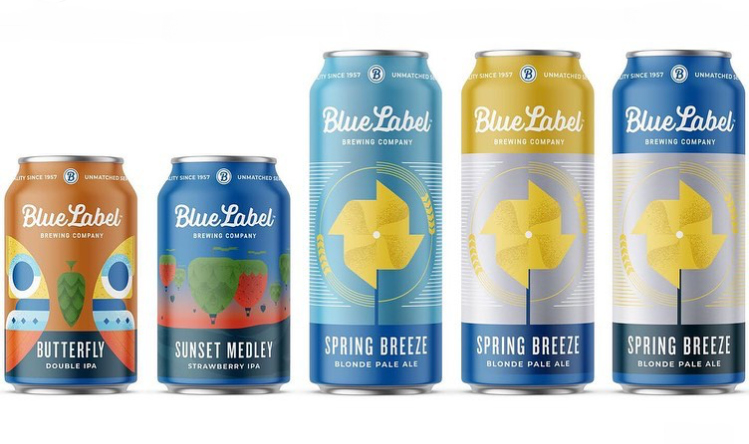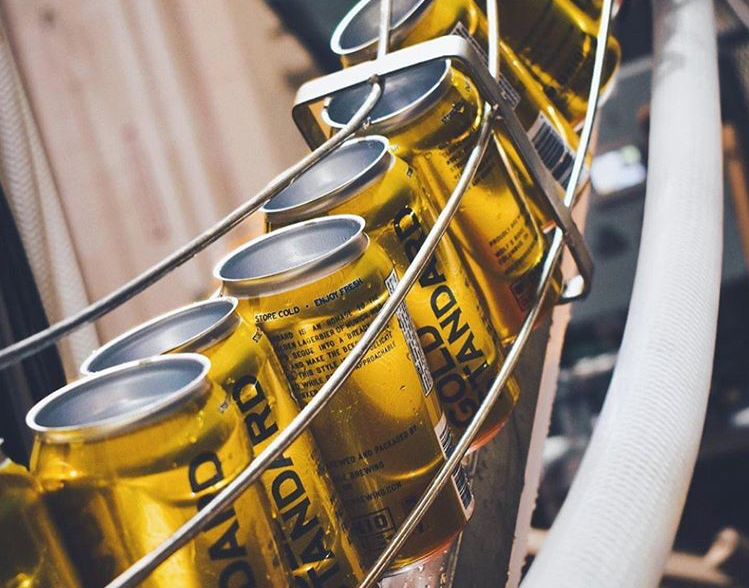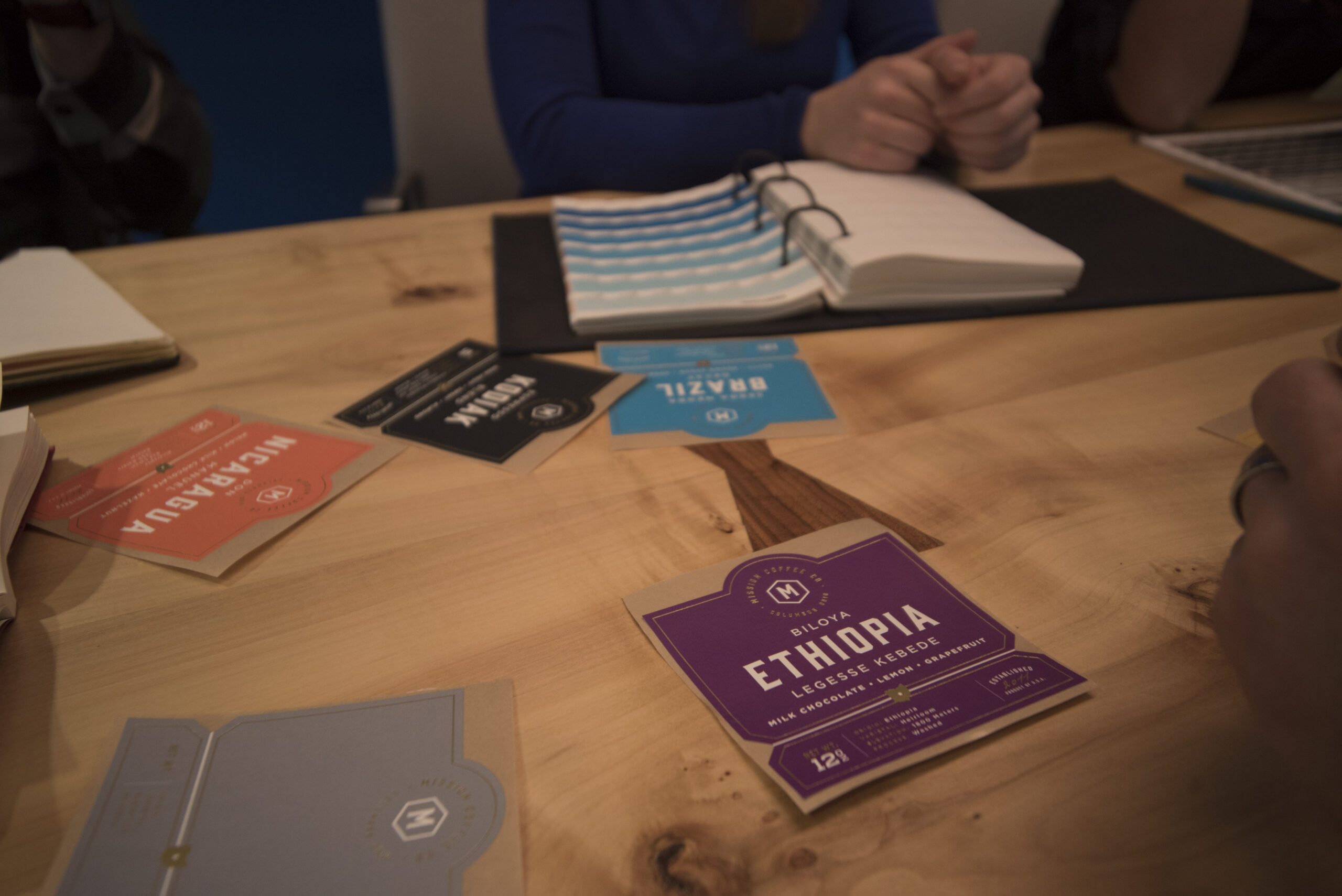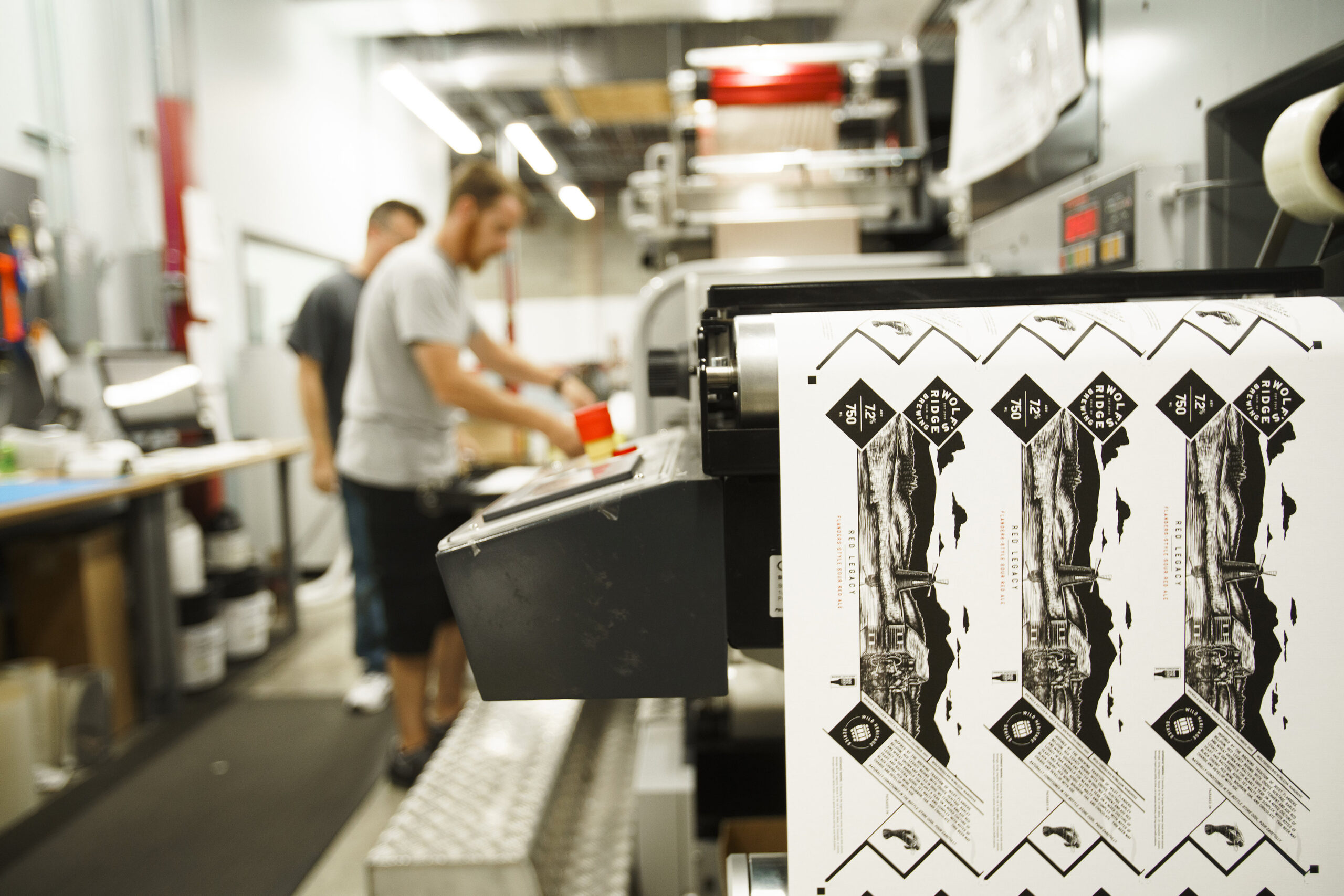Hot or Cold? The Role of Temperature in Label Durability
- adhesives
- facestocks
- label failure
- performance
- Shrink Sleeves
- substrates
- temperature
If your products will get hot or cold, it’s important to make sure your choice of label is just right. Whether your containers encounter hot or cold temperatures during application or sometime after, temperature can play a prominent role in identifying the right label for your situation. Here are some specific problems where hot and cold temperatures can wreak havoc with the durability of your product labels.
Heat or Cold Can Make Some Adhesives Fail
Behind every good label is some very important ‘glue’ – literally. Without the adhesive, you’d be stuck with some really nice leaflets to hand out with some blank containers. Unfortunately, hot or cold temperatures can be a dividing force that tears your containers and labels apart.
Temperatures issues can happen right away during the application process. Label adhesives have varying minimum application temperatures. If you apply a label with a certain adhesive outside of its recommended temperature range, it may not have the tack or adhesion necessary to stay on a container. For example, an acrylic adhesive may be a good choice for products that are hot-filled or exposed to higher temperatures, but it may pose problems in colder applicating conditions.
Different temperatures can also cause adhesives to fail at some point after initial application. For example, extreme cold or heat can cause removable label adhesives to break down. After a stay in the freezer or some time in direct sunlight on a summer day, your labels may start to peel off or fall off their containers altogether. In these instances, it would be better to opt for a permanent label designed to handle difficult, environmental factors.
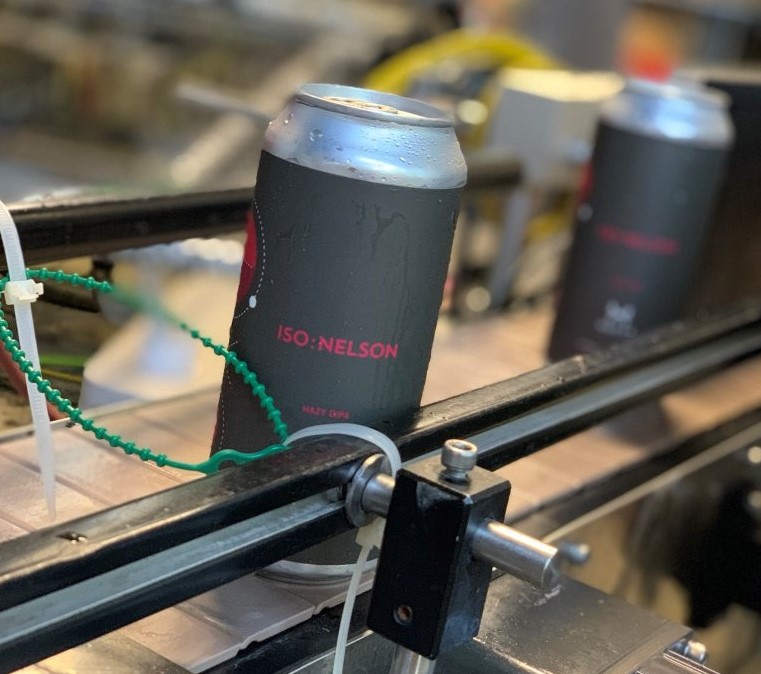
Some Face Stocks Can’t Face Certain Temperatures
In addition to your adhesive, there’s another critical layer of your label that can be negatively affected by hot or cold temperatures: your face stock. Certain label materials can run into performance issues when forced into environments that are too hot or cold. Fortunately, a little planning can make sure your choice of substrate is perfect for your exact needs.
The first step is to think about exactly where your products and their labels will be in the future? Are they a bottle label that will end up in a refrigerator or a cooler? Will these products end up sitting out in the hot sun or a steamy bathroom? Will they potentially sit in a storage space for a while? Each environment can pose it’s own temperature issues, along with other environmental factors like moisture, humidity, and sunlight.
When it comes to face stocks, film substrates offer better resistance to heat and other damaging elements. Utilizing a material like a BOPP or PET substrate can help give you more peace of mind if your product will encounter any environmental hazards in its future. While paper stocks don’t have quite the durability of their film compatriots, UV varnishes or thicker paper materials can help mitigate the impacts of various temperatures and other issues.
Heat and Cold Can Make Shrink Sleeves Warp
Pressure-sensitive labels aren’t the only labeling option affected by varying temperatures. Shrink sleeve labels also require some care and planning to protect your investment.
While shrink sleeves are a great option for anyone looking for a label that provides 360-degree coverage, one downside is that these labels are very sensitive to environmental factors before application. If shrink sleeves get too hot or cold before they’re applied, they can warp. Not only can this destroy part of your design, it may ruin some shrink sleeves altogether.
To solve this, you’ll want to make sure that your shipping and storage situation can accommodate your shrink sleeves. Depending on the time of year and your location, that can mean temperature-controlled shipping or utilizing temperature gauge labels to check a shipment before you apply damaged sleeves. As for storage, you’ll want a climate-controlled space – or at least one that won’t become freezing cold or sweltering hot when the weather shifts.
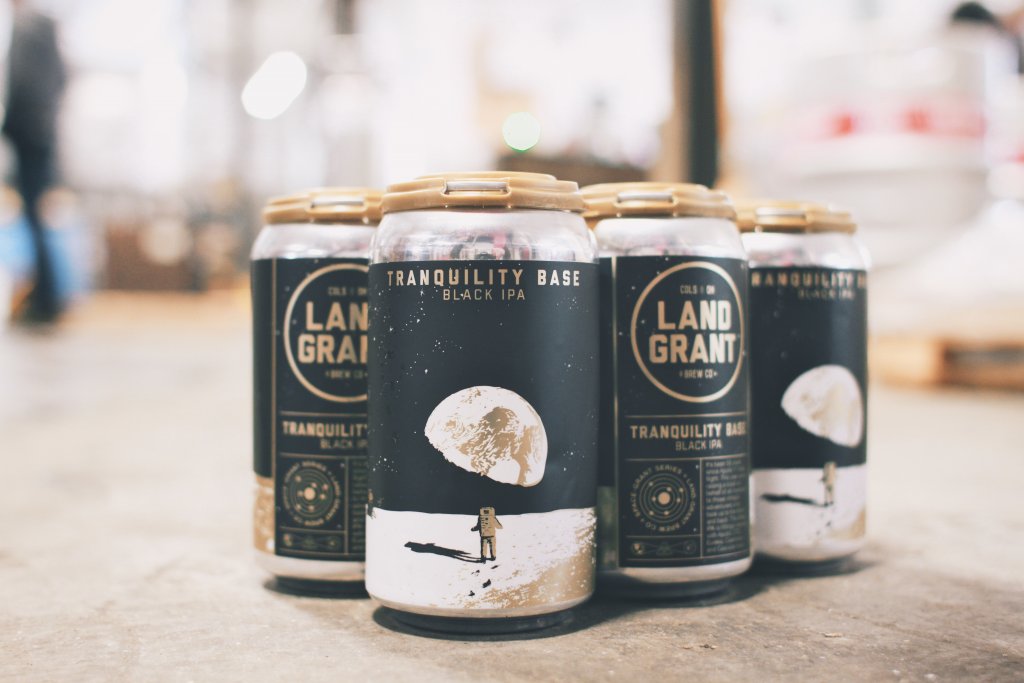
Invest in the Durable Labels for Your Environments
There’s a lot more to a label than just the design. From the liner to the top coat, every part plays a role in your label. When you work with Blue Label, we help you invest in durable labels designed for your specific performance and budget needs – all while ensuring that your design dazzles your customers.
Want to work with a company that can provide you with quality, cost-effective labels that can stand the heat (or cold)? Contact us today about your next label printing project.
